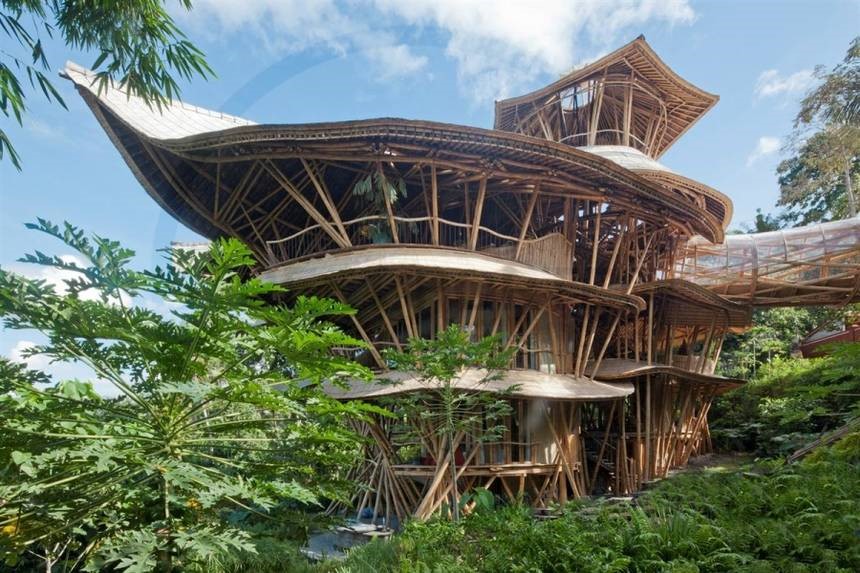
6 Eco-Friendly Building Materials
If you’re planning on building or developing it’s important to keep in mind your future impact on the environment and how you can help ensure minimal impact. The process of selecting building materials for a project during the design phase can ultimately determine just how sustainable a structure is going to be in the long run. There are many eco-friendly building materials on the market nowadays that allow you to no longer negatively impact the earth and the surrounding environment. Here are 6 of the more popular building products that you should consider for your next construction project;
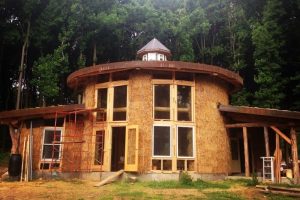
Strawbales
A product that comes from natural grasses but is incredibly strong. In fact, some straw bale houses have been known to rise up to three storeys high. Nowadays, many architects use straw bales to fill the interiors of a frame. Framed strawbale doesn’t require much concrete, wood, gypsum, plaster, fiberglass, or stone anymore. In addition, straw bales have high-grade insulation properties and is an incredibly cost-effective insulation that is readily available. It’s also allows air to permeate through the structure without seeping moisture. This means that it wont leak but fresh air will still be able to flow through.
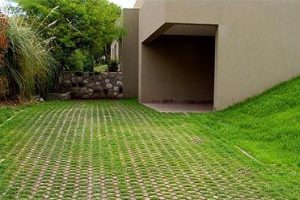
Grasscrete
If you’re thinking of paving yourself a new driveway, but don’t want regular concrete, then consider Grasscrete. It’s a great alternative to regular concrete paving. It is a type of concrete that is cast on site which allows natural grass to grow between blocks. Grasscrete is both aesthetically pleasing and environmentally friendly. It is a permeable material, meaning it allows water to drain from the surface. This in turn, minimises unnecessary erosion. Grasscrete also allows for the water to be diverted and collected if necessary allowing you to keep the rainwater for other uses.
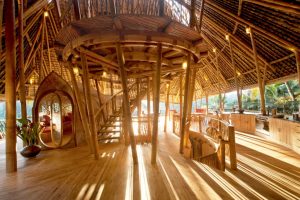
Bamboo
A great alternative to regular wood products is Bamboo. It grows much faster, is easily replenishable and is able to grow around the globe as it’s compatible with a large variety of soil types. It doesn’t require high maintenance or large amounts of water to grow either, meaning it can be harvested regularly without damaging the natural environment. Bamboo is known to be an incredibly strong and durable material, meaning it is highly unlikely to ever require replacing. Not only that, but termites generally refuse to eat bamboo, which means that no chemicals are required to deter or remove the pest. Overall it is an amazing building material that can be used for a large variety of products while remaining incredibly ecological and economically friendly.

Hempcrete
Hempcrete is a natural concrete substitute made from the combination of water, hemp aggregate, and a lime based binder. It is mostly used in-situ building, where form work is erected either side of a slightly modified structural timber frame, usually with the roof already on, and is placed and simply lightly tamped down to remove air pockets. One of the biggest differences between Hempcrete and other cement-based materials, such as concrete or mortar, is the base chemical reaction. While cement and concrete together make up one of the two largest carbon dioxide emitters, hemp absorbs and stores carbon, even more than the lime component’s production energy emissions, meaning far less pollution! Not only that but Hempcrete can last a long time as it is fire and termite resistant. It can also act as an insulator, minimising the need for heating and cooling in a house, meaning using less energy daily to make your home a comfortable temperature.
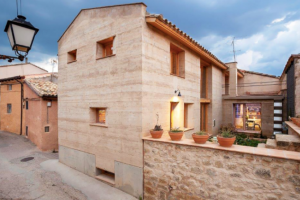
Rammed Earth
Rammed earth is known for being extremely strong in construction and can even support multi-storey buildings. It is constructed through ramming a mixture of selected aggregates into place between flat panels called form work. Some aggregates include sand, silt, gravel and clay. The mixture is mechanically rammed till it is completely compressed. It is environmentally friendly as it has low manufacturing impacts while also behaving as a heavyweight masonry with high thermal mass. Thermal mass is what ‘slows down’ or absorbs heat as it passes through the material. It then releases this heat as the surrounding ambient temperature decreases. This means lower usage of heating and cooling is required in homes that use rammed earth, to further this effect insulation can easily be added to this method to lower the costs even further. Rammed earth is also fire and vermin resistant as it contains no flammable materials and no cavities to harbour or attract vermin. Overall it is a wondrous environmentally friendly product to build with.
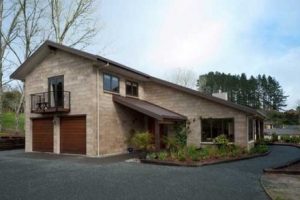
Timbercrete
Timbercrete is an Australian building material created from the combination of timberwaste, that is turned into sawdust, and concrete. This combination results in a lighter material than concrete, but greater in strength and superior insulating capabilities. Due to the fibrous content the material it can be directly screwed or nailed into without the need for special fixings. Timbercrete is available in bricks, blocks, pavers and panels, meaning there are a wide variety of uses. Not only do you save on heating and cooling costs because of its natural thermal insulation properties, but each brick, paver and block takes less energy to produce than other products. On top of that it also stores (traps) carbon gas, and locks up tons of carbon gases annually. This means that the more it’s used the more carbon emissions will be sequestered by the material. This product is amazingly environmentally friendly, and a great alternative to other building products on the market!
Resources:
https://www.superdraft.com.au/blogs/green-building-materials-australia
http://www.enviroconcrete.com.au/grasscrete.html
http://astronomycommunication.com/environment/why-is-bamboo-environmentally-friendly/
https://www.bambooliving.com/index.php/why-bamboo
http://www.yourhome.gov.au/materials/rammed-earth
